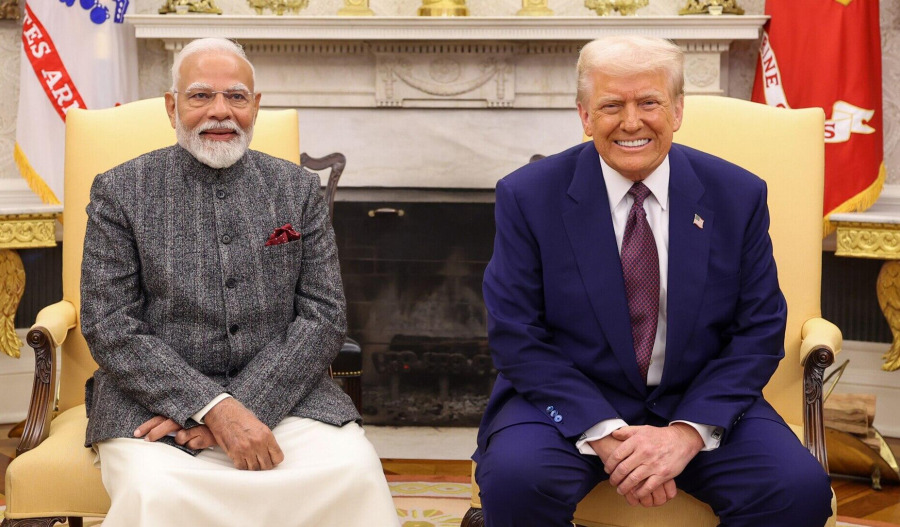The United States trade deficit narrowed significantly in June, hitting its lowest level in nearly two years, as imports of consumer goods fell sharply and the trade gap with China shrank to its smallest in more than two decades.
According to the Commerce Department’s Bureau of Economic Analysis, the overall trade gap declined by 16.0% in June to US$60.2 billion. This follows last week’s preliminary data showing the goods trade deficit had dropped 10.8% to a nine-month low.
The total trade deficit, which includes services, was the narrowest since September 2023.
Exports of goods and services dipped slightly to $277.3 billion in June from over $278 billion the previous month, while imports slumped to $337.5 billion from $350.3 billion.
Imports of consumer goods and industrial supplies hit their lowest levels since the height of the COVID-19 pandemic, even as exports of capital goods reached a new record high.
This sharp decline in imports helped boost second-quarter gross domestic product (GDP), which rose at a 3.0% annualised rate after a 0.5% contraction in the first quarter.
In contrast, earlier import surges had dragged on first-quarter growth as consumers and businesses rushed to front-load purchases ahead of new tariffs. However, underlying data points to a weakening trend in economic activity despite the positive headline GDP figure.
Meanwhile, the services sector showed fresh signs of strain from the administration’s aggressive trade stance. The Institute for Supply Management (ISM) reported that its services purchasing managers index (PMI) slipped to 50.1 in July from 50.8 in June, barely above the 50-point threshold that separates growth from contraction.
The reading came in below market expectations of a rise to 51.5.
The ISM’s employment sub-index fell to 46.4 in July from 47.2 in June, the lowest level since March and marking the fourth contraction in the past five months.
The downbeat employment reading follows last week’s surprisingly weak Labour Department report, which showed disappointing job creation in July and sharply lower revisions to May and June figures.
The downward revisions totalled 258,000 jobs - the largest outside of the COVID-19 pandemic - and led President Trump to dismiss the Bureau of Labor Statistics commissioner on Friday.
Adding to inflation concerns, the survey’s prices paid index surged to 69.9 in July from 67.5 in June, the highest reading since October 2022.



